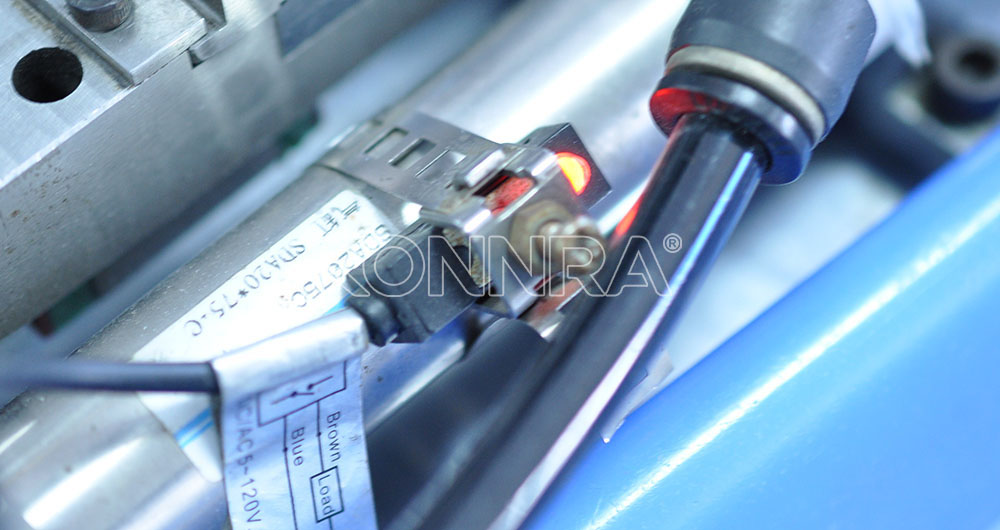What is a car harness
Car wiring harness is like the nerves and blood vessels of the car, carrying the power and energy signal of the car transmission is an important part of the auto parts. Automotive wiring harness is mainly composed of three parts, namely cable, packaging material and connector (terminal)
Automotive wiring harnesses can be divided into voltage type high-voltage wiring harnesses and low-voltage wiring harnesses The voltage of high-voltage wiring harnesses is 300V and above, mainly used for driving force transmission of new energy vehicles; The low voltage harness voltage is below 60V, and the general vehicle voltage is 12V, which is mainly used for signal transmission of the whole vehicle. According to the composition can be divided into engine wiring harness, instrument wiring harness, lighting wiring harness, air conditioning wiring harness and auxiliary electrical wiring harness.
Characteristic requirements for automotive wiring harnesses and accessories
In addition to its own performance requirements, automotive wiring harnesses also have complex working environments, such as engine wiring harnesses that need to withstand the high-temperature vibration environment of the engine compartment; The door harness needs to be bent enough times to ensure the proper operation of the door parts. Different environments require wire harnesses to have different characteristics, which can be summarized into the following four categories:
Heat resistance According to the working environment temperature of the wire harness, select different temperature resistance levels of the wire. Wires in the passenger cabin can be selected with a temperature rating of 90℃; The wiring harness of the engine room can be selected with a temperature of 180℃. Wires across the above two areas should be selected to meet the temperature of the two areas of the temperature requirements of the conductor.
The wear-resistant conductor itself should have the ability to prevent insulator damage and leakage due to the wear of the wiring part. In the design, the wire should try to avoid contact with the parts that are easy to vibration, to prevent the wire harness wear and break. If unavoidable, use wrapping tape or bellows.
Flame retardant Flame retardant refers to the time and scope of burning after the parts are caught on fire.
Bendability requires a part to bend repeatedly. The bending degree of the parts, the allowable bending times, and the ambient temperature should be set according to the use situation. For example, the rubber sleeve of the door requires 180/100,000 times / 30~80 ° C.










